- Rodney Carswell: Selected Works 1975-1993
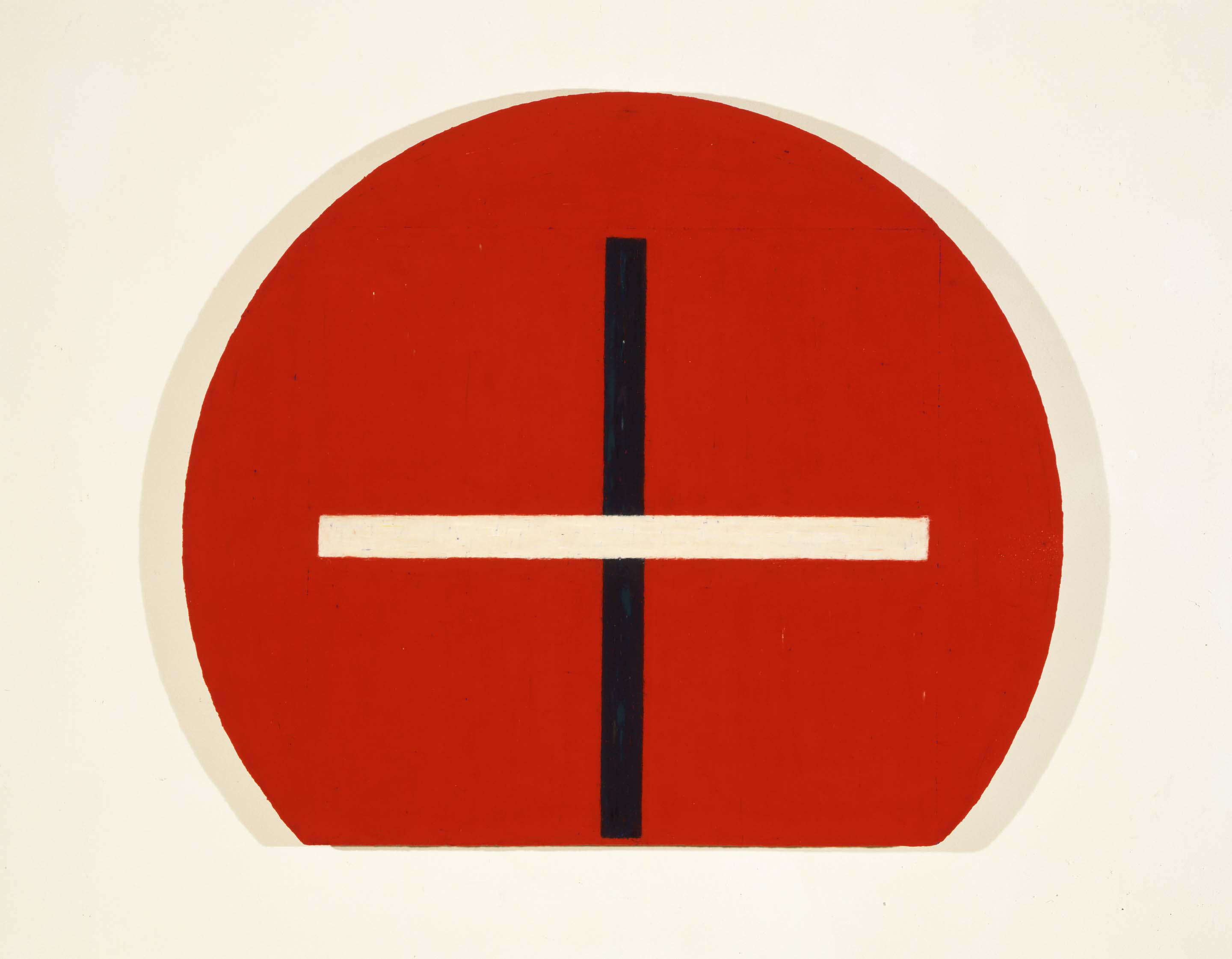
Rodney Carswell, Black and White Cross Encircled by Red, 1988.

Rodney Carswell, Black and White Cross Encircled by Red, 1988.

Rodney Carswell, Black and White Cross Encircled by Red, 1988.

Rodney Carswell, Tri-Color Cross, Encircled in 3 Gray Panels, 1988.
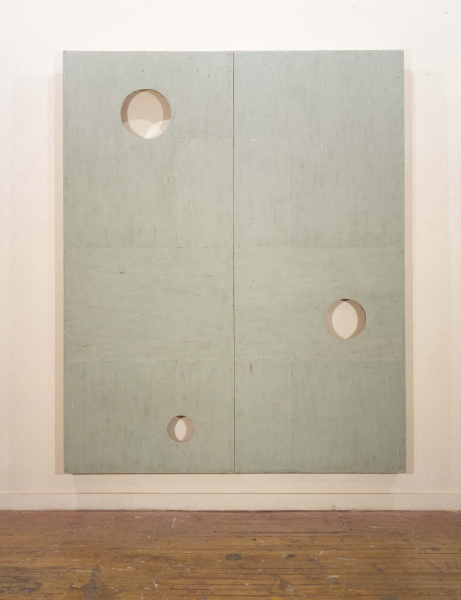
Rodney Carswell, Cross in Light Gray-Green (Split) with 3 Holes, 1991.
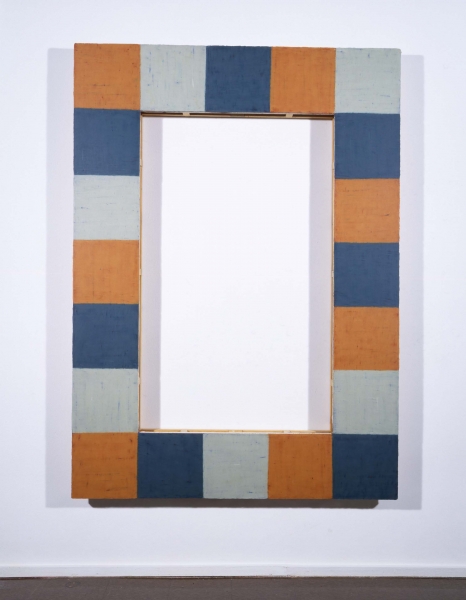
Rodney Carswell, Two Grays and Orange Around an Empty Rectangle, 1988.
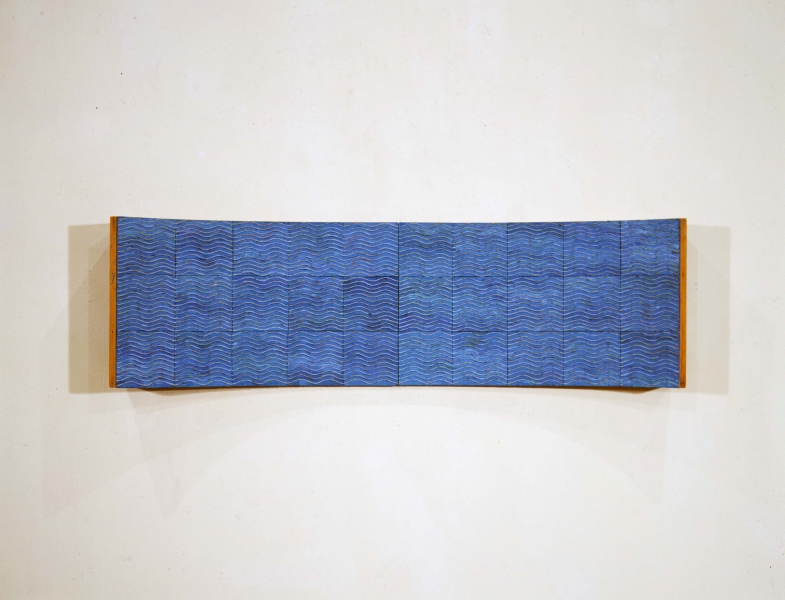
Rodney Carswell, St. Tropez, 1978.

Rodney Carswell, (Ghost) Split in 2 Blue Panels, 1989.
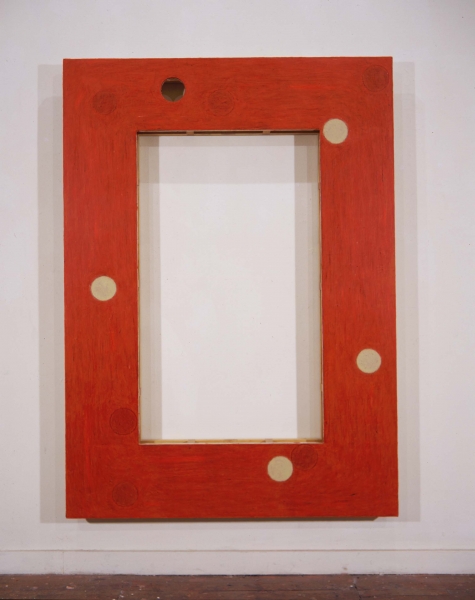
Rodney Carswell, Orange Border with Spots, 1992.
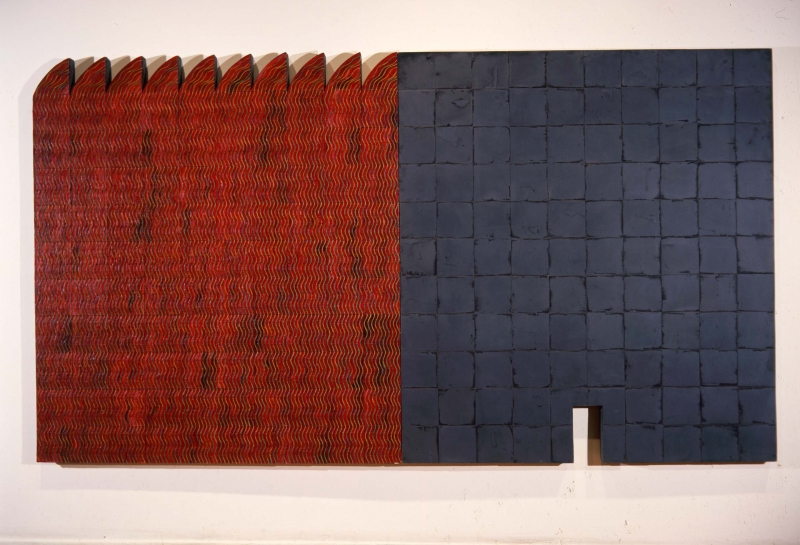
Rodney Carswell, Fire in the City, 1980.
The Renaissance Society presents a mid-career survey of paintings and works on paper by Rodney Carswell, an artist who has lived and worked in Chicago since the early 1970s. This is the first in-depth, critical analysis of Carswell’s career as an influential abstract painter and art instructor in Chicago.
Carswell’s luscious surfaces and revealing construction methods expand and explore the component parts of painting—surface, support, color, texture, light, shadow, and frame—in order to better communicate both their distinctions and their interdependence. By exaggerating and contradicting these elements Carswell enhances our understanding and experience of painting, not only as it relates to itself and to its history, but to perception, architecture, and the body.
His surfaces are a mixture of oil-based pigment and wax and are remarkably luminescent, a quality of the wax as well as his sensitive handling. These surfaces or “skins” are attached to exposed wooden armatures that cantilever from the wall, asserting their presence as objects and role as supports. By encompassing the basic structural laws of architecture—tension, compression, cantilever, and gravity—Carswell’s paintings compose and divide the real space of a room as opposed to the illusory “space” in the surface of traditional painting. Holes have been cut into recent paintings or the surface and support of other paintings have been configured in such ways as to frame an empty, interior space. Thus the architecture and air that surrounds Carswell’s paintings are involved in their compositions and content, a gesture that is part deconstructive analysis and part playful conceptual wit.
Above and beyond their structural analyses, however, Carswell’s paintings are beautiful. His sensitivity for color and surface is what ultimately allows his “taking apart” of painting to create curiously hyper-extended and yet synthesized Painting/Objects.